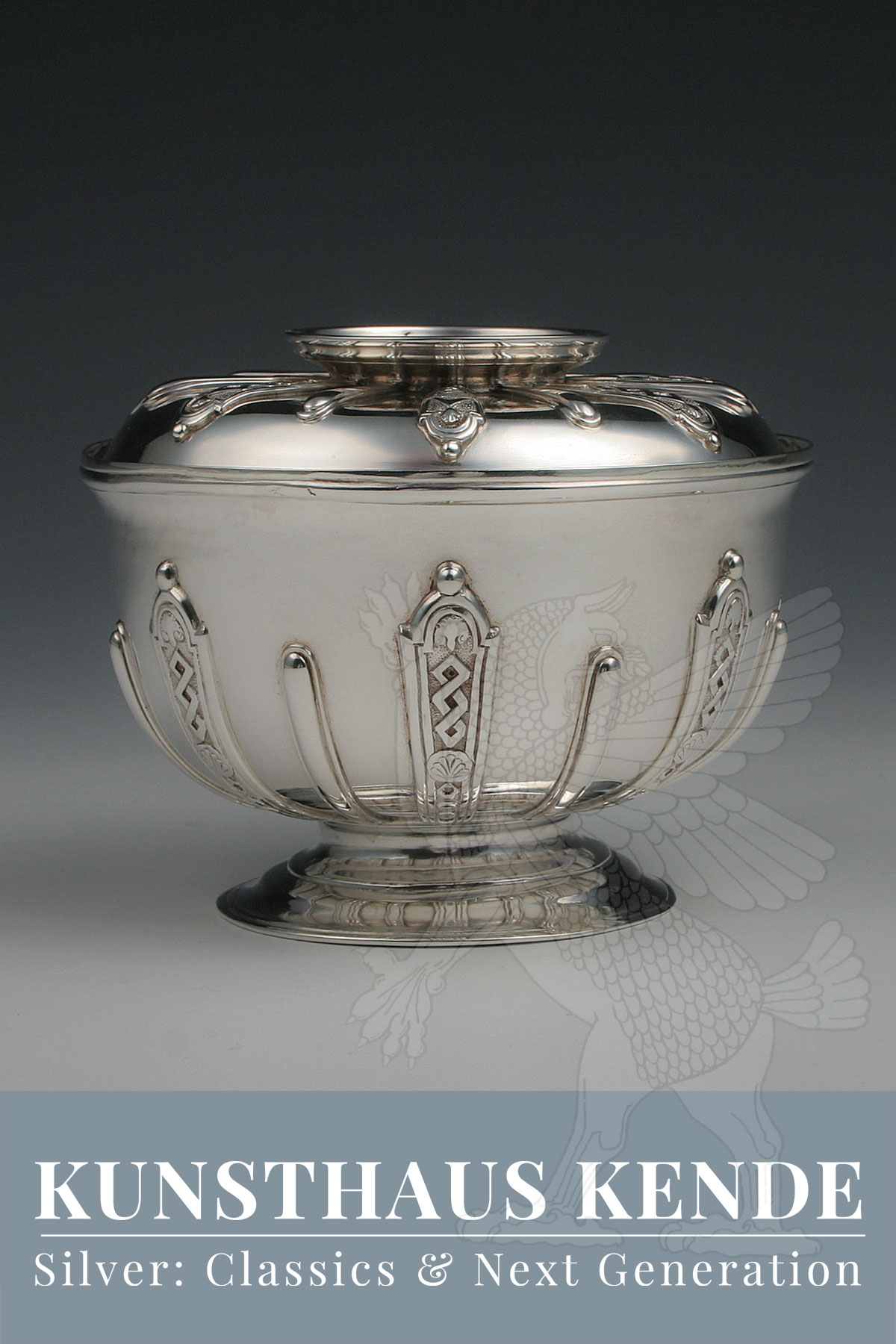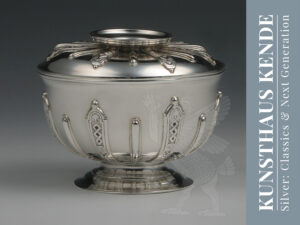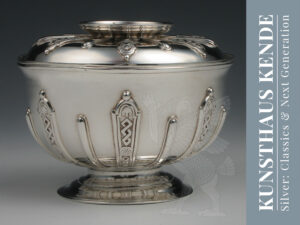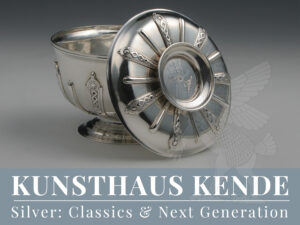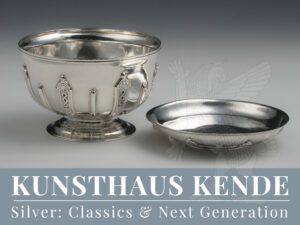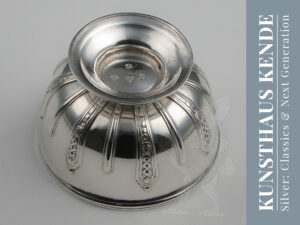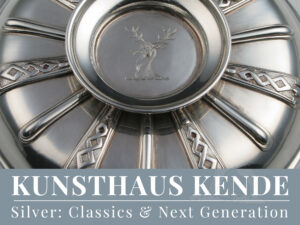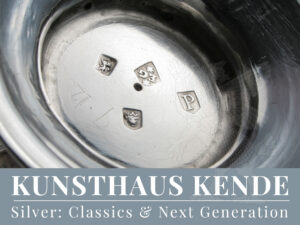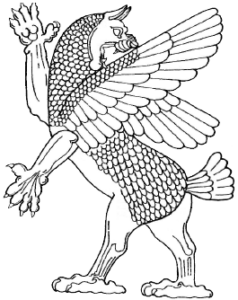Item number: 51330
A rare George II sterling silver lidded sugar bowl,
London 1730 by Elizabeth Goodwin
The circular bowl standing on a central, smooth baluster foot. The body is decorated on all sides with applied ribbed decoration alternating with framed ribbonwork on a matted ground. The removable lid is worked in analogy to the bowl and can be used as a second bowl by turning it upside down.
Magnificent and beautifully shaped early Georgian solid sterling silver lidded box in the seldom Régence style. The decoration is of French origin and found its way into the British repertoire of decorative silver through the Huguenot craftsmen who immigrated in the late 17th century and remained in vogue in the first third of the 18th century. Although sugar bowls almost always had a removable lid until the 1740s, only a very few of them have survived with their original lids. These sugar bowls are usually of simple, smooth design and only very rarely decorated. The removable lid usually served as a tray for teaspoons. In addition to the fact that sugar was extremely valuable and expensive in the 18th century and therefore a symbol of prestige, the sugar bowl also has a very representative character due to the decoration which, along with the central family crest in the lid knob, underlines the noble character of the object.
The hallmarks underneath the bowl are in very good condition, the hallmarks inside of the lid are heavily rubbed due to use and only partially visible. Nevertheless, the object is in very good, authentic condition and shows no other abrasions, especially on its relief decoration to the outside, and on the whole no repairs or damage. Elizabeth Goodwin was the widow of James Goodwin and continued running the workshop after her husband’s death.
8.2 cm / 3.22″ height (to the knob), 6.5 cm / 2.55″ height (to the rim), 10.3 cm / 4.05″ diameter; 289.0 g / 9.29 oz

